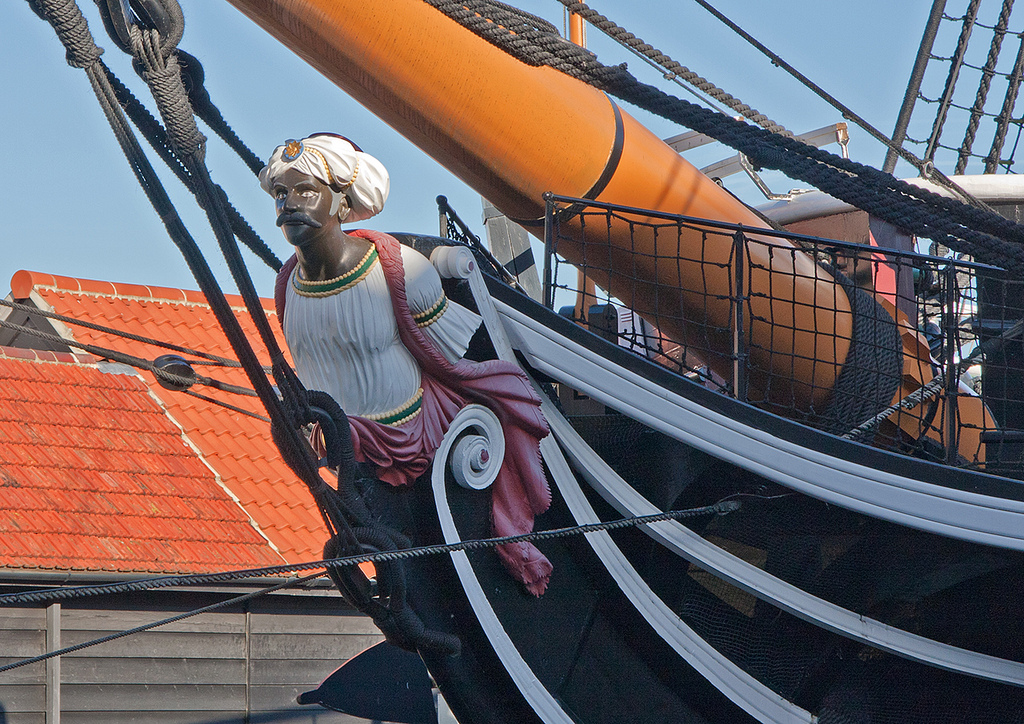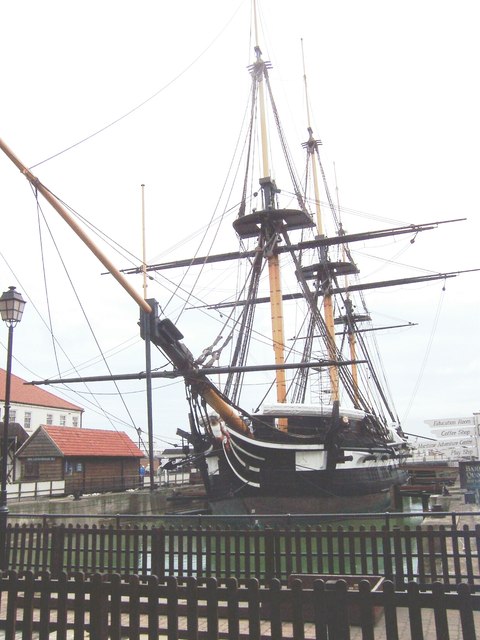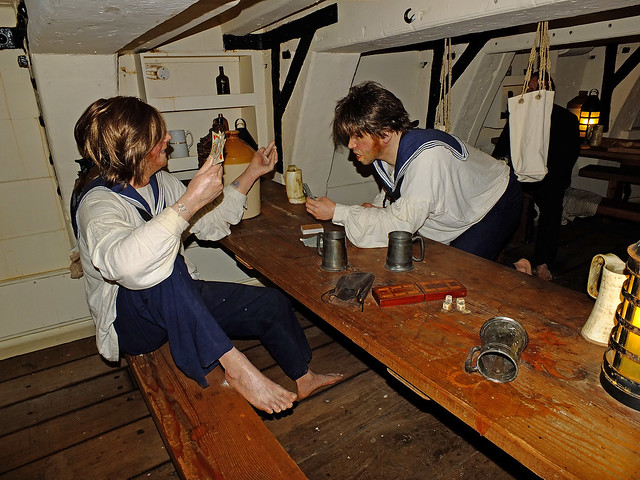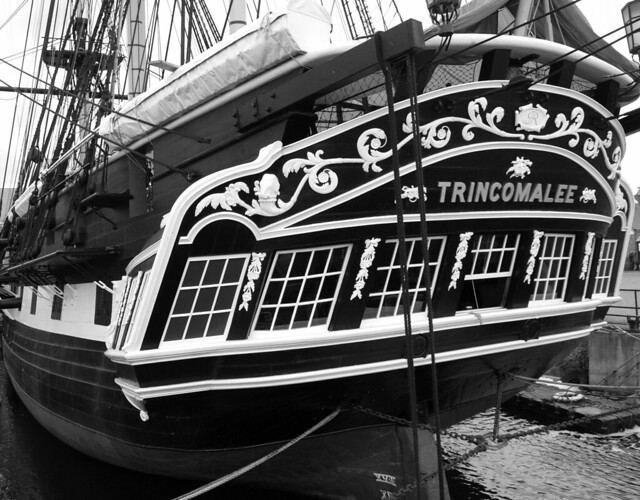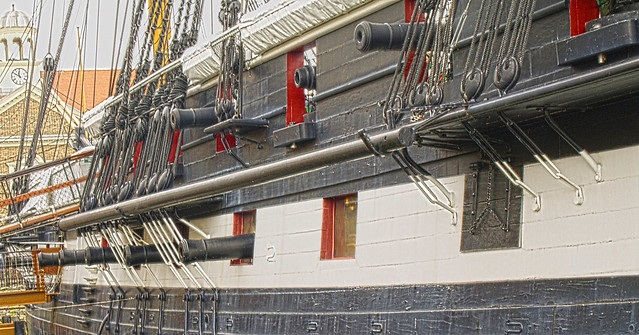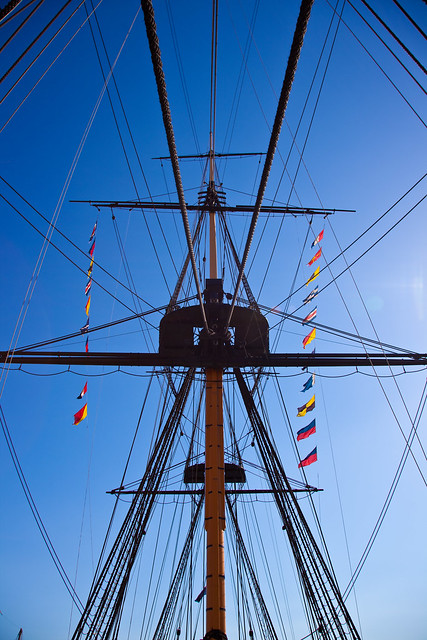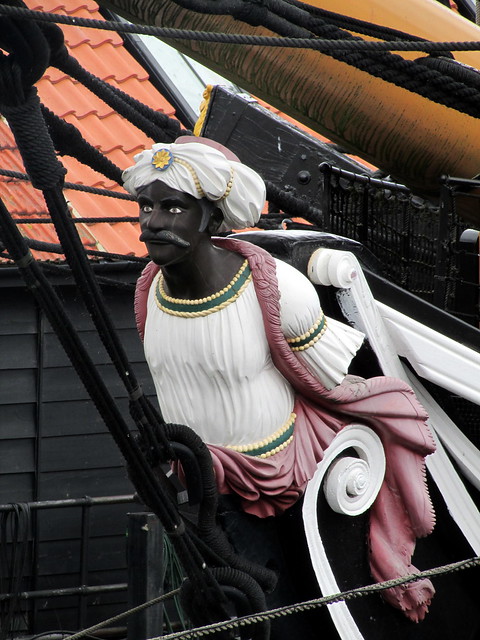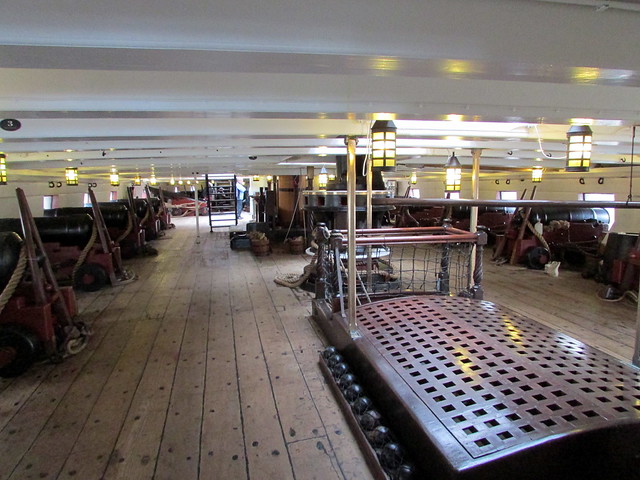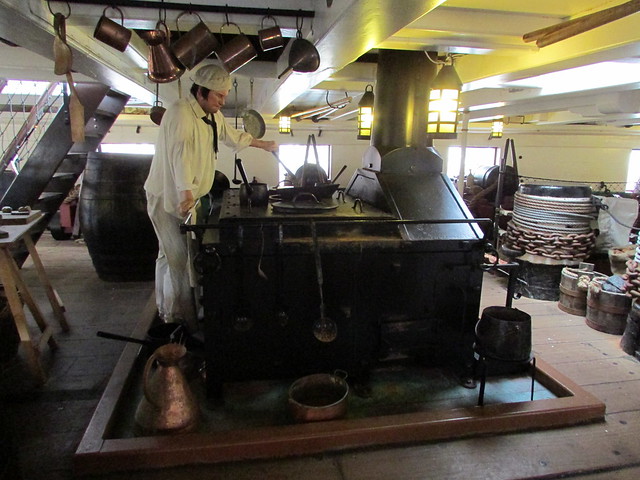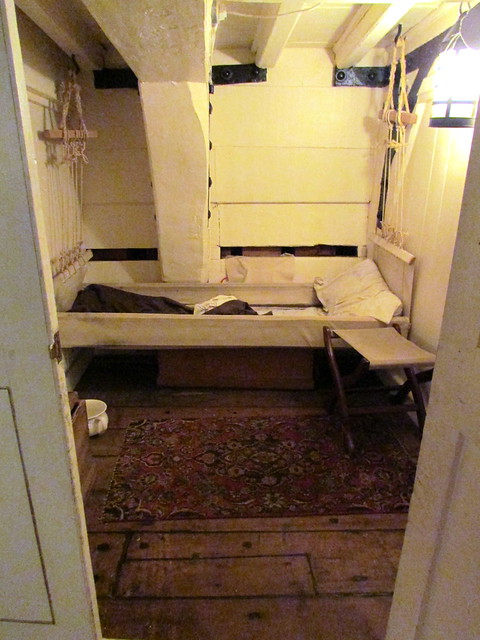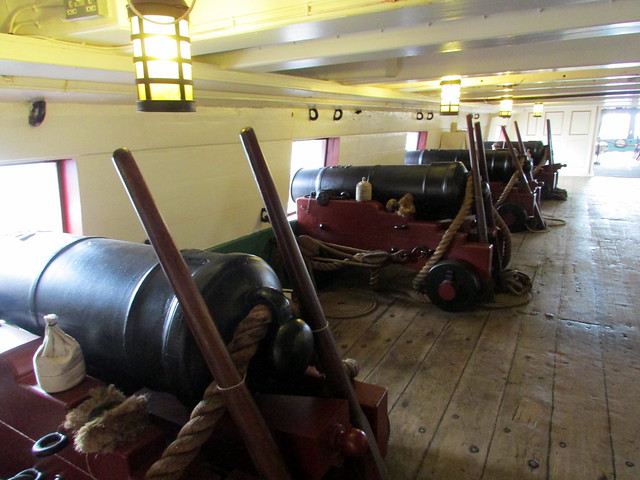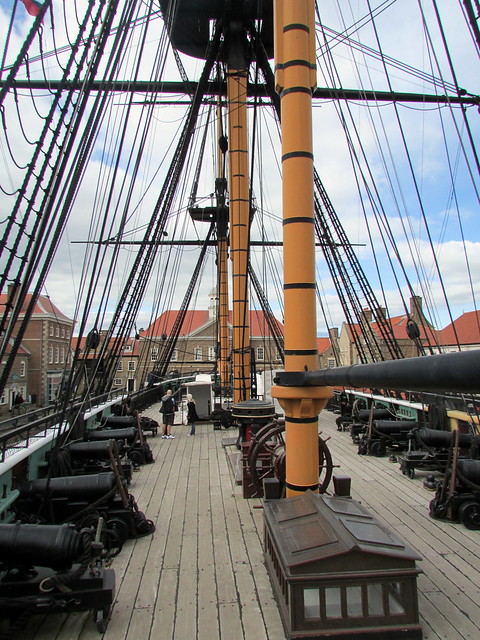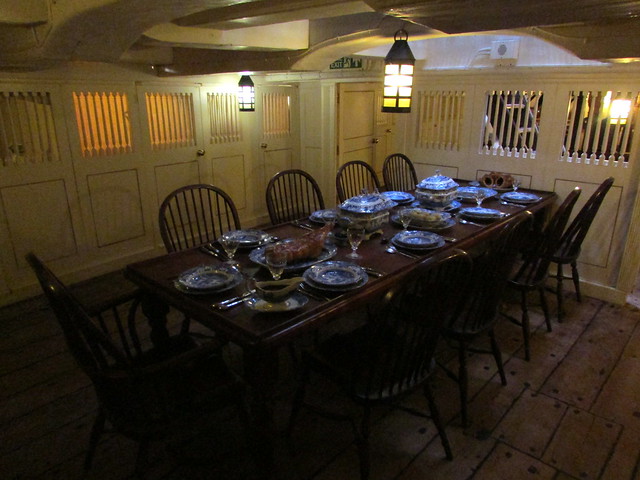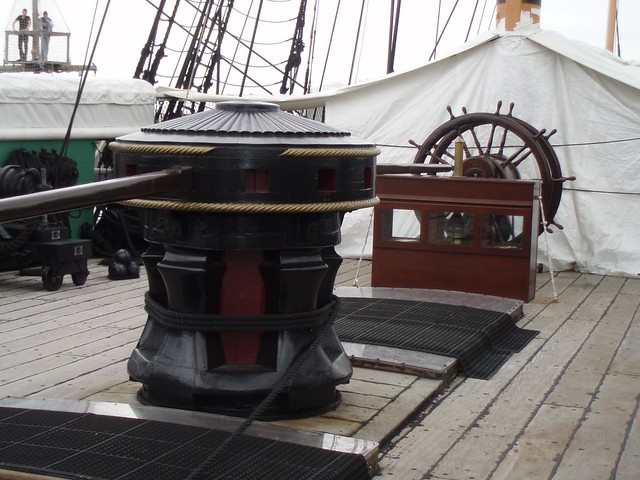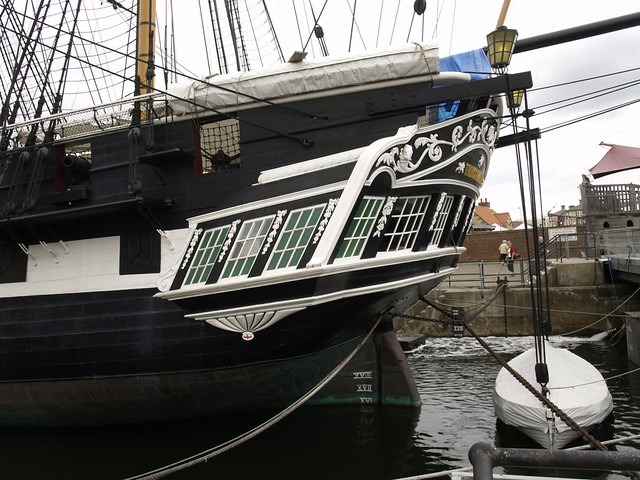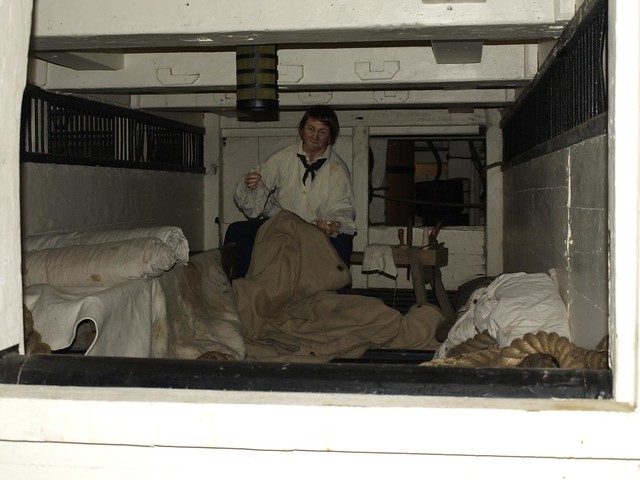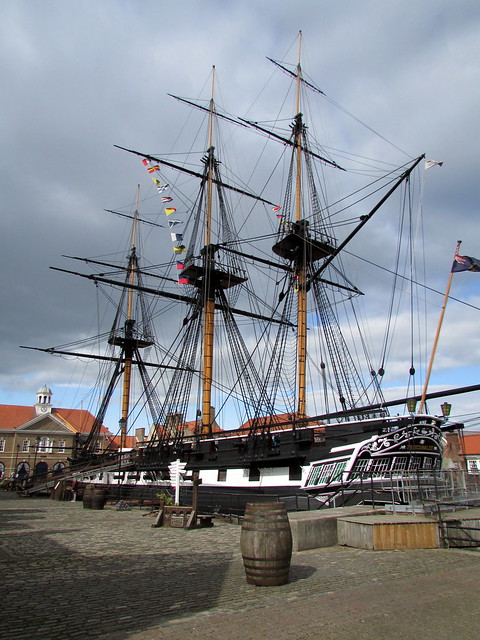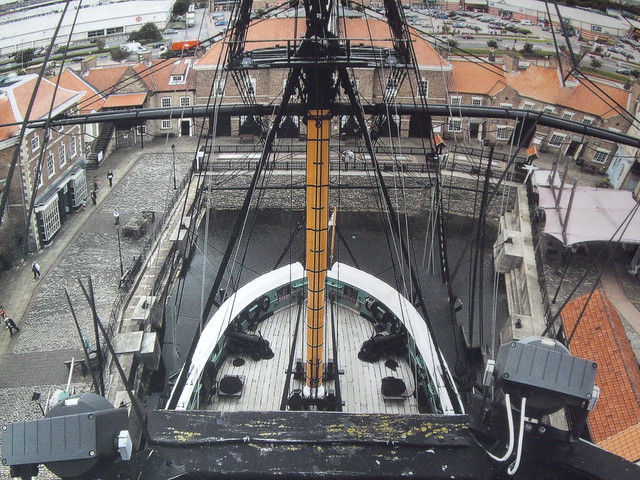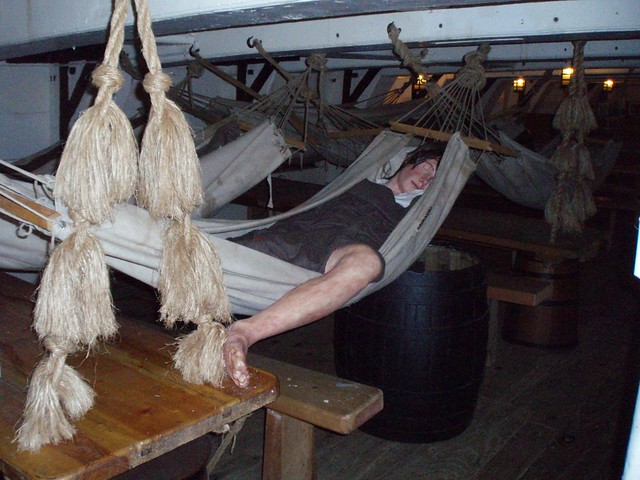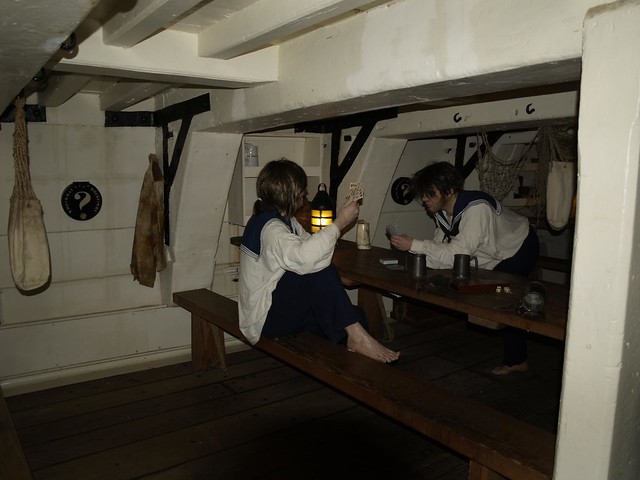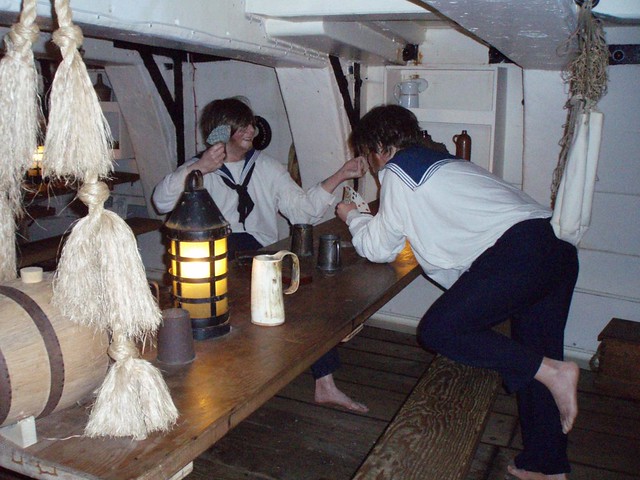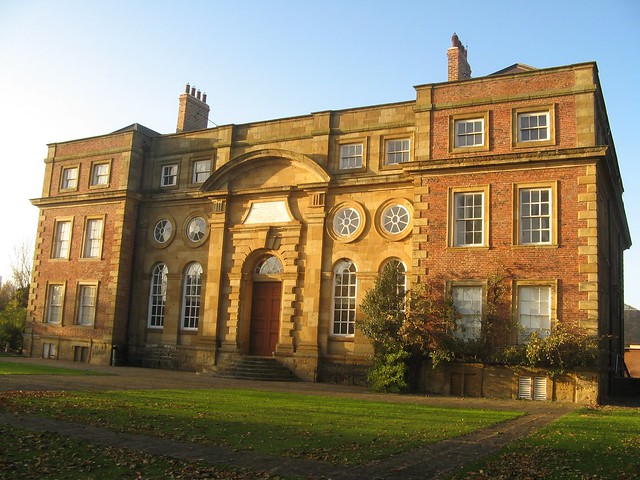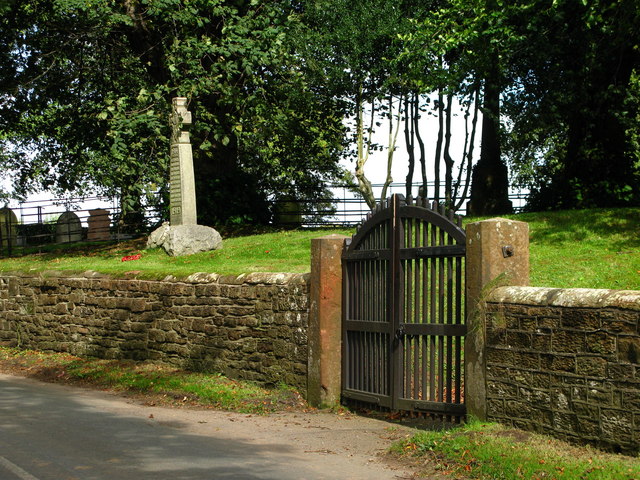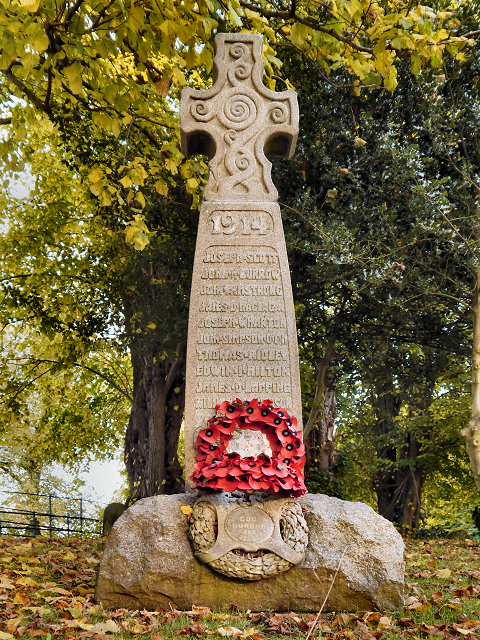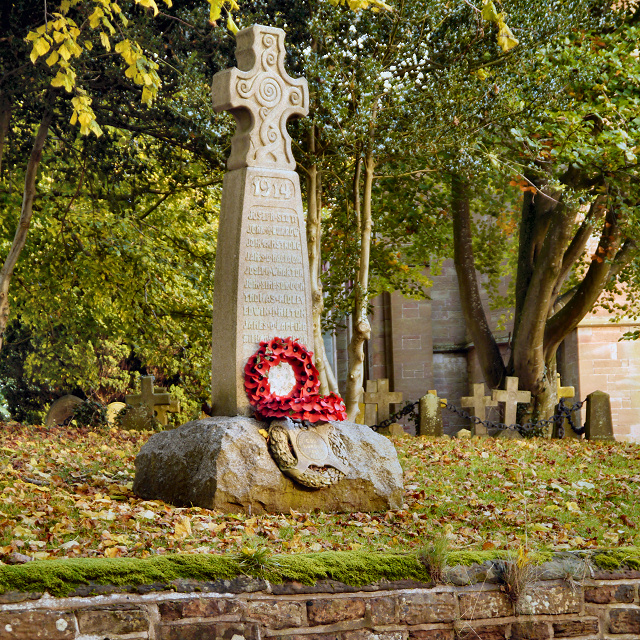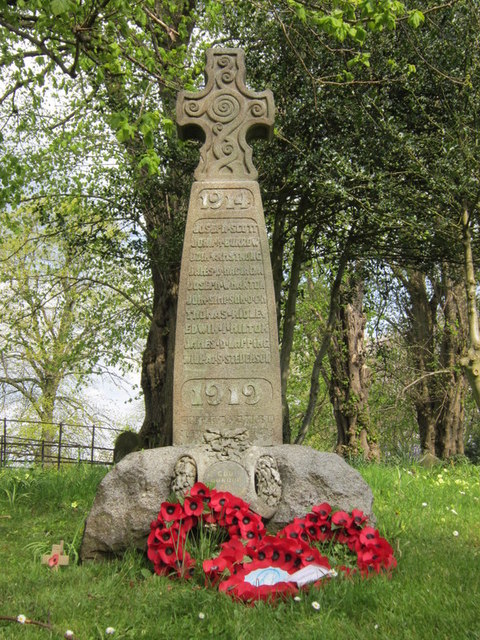Topics > Museums, Archives, Galleries and Collections > Hartlepool's Maritime Experience and Museum > HMS Trincomalee
HMS Trincomalee
HMS Trincomalee was launched on the 12th October 1817. It is the oldest British warship still afloat today and the ship is the central attraction of Hartlepool Maritime Experience and Museum.
HMS Trincomalee is a Royal Navy sailing frigate built shortly after the end of the Napoleonic Wars. She is now restored as a museum ship in Hartlepool, England.
History
1812 - 1847
Trincomalee is one of two surviving British frigates of her era — her near-sister (of the modified Leda class) is now a museum ship in Dundee. After being ordered on 30 October 1812, Trincomalee was built in Bombay, India by the Wadia family of shipwrights in teak, due to oak shortages in Britain as a result of shipbuilding drives for the Napoleonic Wars. The ship was named Trincomalee after the 1782 Battle of Trincomalee off the Ceylon (Sri Lanka) port of that name.
With a construction cost of £23,000, Trincomalee was launched on 12 October 1817. Soon after completion she was sailed to Portsmouth Dockyard where she arrived on 30 April 1819, with a journey costing £6,600. During the maiden voyage the ship arrived at Saint Helena on 24 January 1819 where she stayed for 6 days, leaving with an additional passenger, a surgeon who had attended Napoleon at Longwood House on the island, Mr John Stokoe.
After being fitted out at a further cost of £2,400, Trincomalee was placed in reserve until 1845, when she was re-armed with fewer guns giving greater firepower, had her stern reshaped and was reclassified as a sixth-rate spar-decked corvette.
1847 - 1857
Trincomalee departed from Portsmouth in 1847 and remained in service for ten years, serving on the North American and West Indies station. During her time, she was to help quell riots in Haiti and stop a threatened invasion of Cuba, and serve on anti-slavery patrol. In 1849, she was despatched to Newfoundland and Labrador before being recalled to Britain in 1850. In 1852 she sailed to join the Pacific Squadron on the west coast of America.
TS Foudroyant
Trincomalee finished her Royal Navy service as a training ship, but was placed in reserve again in 1895 and sold for scrap two years later on 19 May 1897. She was then purchased by entrepreneur George Wheatley Cobb, restored, and renamed Foudroyant in honour of , his earlier ship that had been wrecked in 1897.
She was used in conjunction with as an accommodation ship, a training ship, and a holiday ship based in Falmouth then Portsmouth. She remained in service until 1986, after which she was again restored and renamed back to Trincomalee in 1992.
Later years
Now listed as part of the National Historic Fleet, following her recent restoration Trincomalee has become the centrepiece of the historic dockyard museum in Hartlepool.
Trincomalee holds the distinction of being the oldest British warship still afloat as , although 52 years her senior, is in dry dock.
Until his death in 1929, the Falmouth-based painter Henry Scott Tuke used the ship and its trainees as subject matter.
Visit the page: HMS Trincomalee for references and further details. You can contribute to this article on Wikipedia.
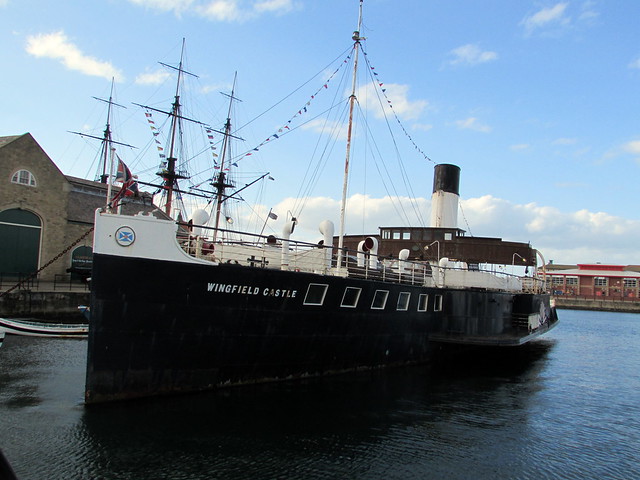
Co-Curate Page
PS Wingfield Castle
- The PS Wingfield Castle is a paddle steamer built by William Gray & Company at Hartlepool, launched in 1934. The ship was a former Humber Estuary ferry and is now preserved …


